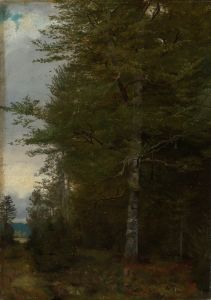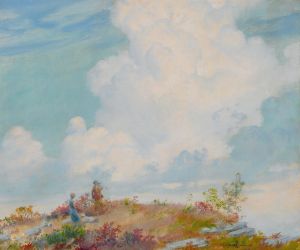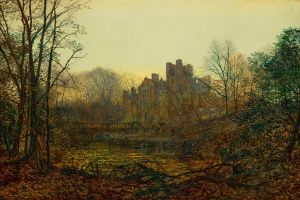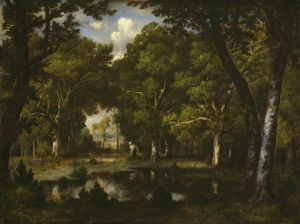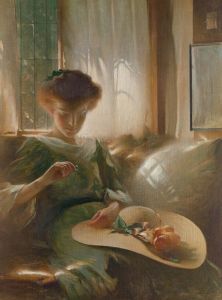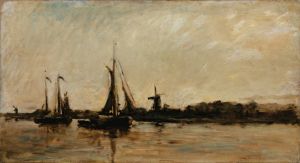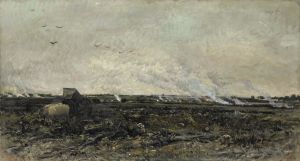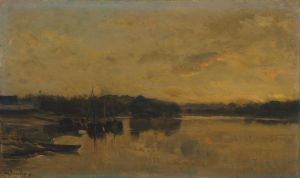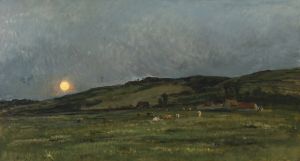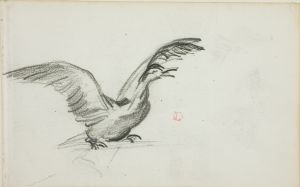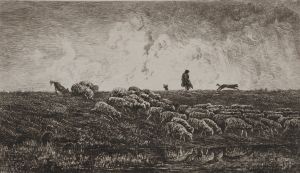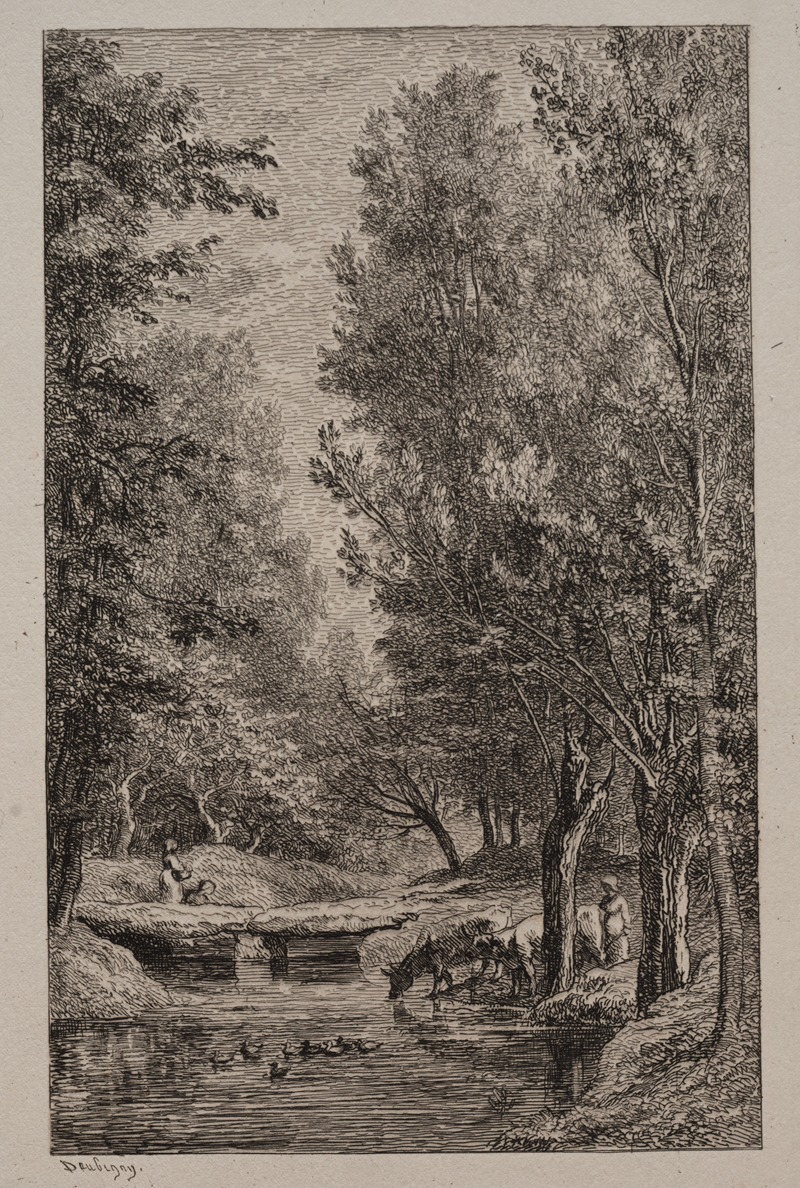
Brook in the Val Mondois
A hand-painted replica of Charles François Daubigny’s masterpiece Brook in the Val Mondois, meticulously crafted by professional artists to capture the true essence of the original. Each piece is created with museum-quality canvas and rare mineral pigments, carefully painted by experienced artists with delicate brushstrokes and rich, layered colors to perfectly recreate the texture of the original artwork. Unlike machine-printed reproductions, this hand-painted version brings the painting to life, infused with the artist’s emotions and skill in every stroke. Whether for personal collection or home decoration, it instantly elevates the artistic atmosphere of any space.
Charles François Daubigny, a prominent French landscape painter of the 19th century, created Brook in the Val Mondois as part of his extensive body of work that celebrated the natural beauty of rural France. Daubigny was a key figure in the Barbizon School, a group of artists who sought to move away from the formalism of academic painting and instead focused on depicting nature with realism and immediacy. His work also served as a precursor to the Impressionist movement, influencing artists such as Claude Monet and Camille Pissarro.
Brook in the Val Mondois exemplifies Daubigny’s dedication to capturing the serene and unspoiled landscapes of the French countryside. The painting depicts a tranquil brook winding through the Val Mondois, a picturesque valley located in the Île-de-France region. The composition is characterized by its harmonious balance of light and shadow, as well as its soft, naturalistic color palette. Daubigny’s technique often involved painting en plein air (outdoors), which allowed him to observe and render the subtle variations in light and atmosphere directly from nature. This approach is evident in the painting’s delicate interplay of tones and its overall sense of immediacy.
Daubigny’s works, including Brook in the Val Mondois, often reflect his deep appreciation for the simplicity and quietude of rural life. Unlike the dramatic or idealized landscapes favored by some of his contemporaries, Daubigny’s scenes are understated and intimate, inviting viewers to connect with the natural world on a personal level. His use of a flat-bottomed studio boat, which he called "Le Botin," enabled him to explore and paint river scenes with unique perspectives, though it is unclear whether this particular painting was created using that method.
The painting is notable for its lack of human figures, a common feature in many of Daubigny’s works. This absence emphasizes the untouched beauty of the landscape and allows the viewer to focus entirely on the interplay of natural elements. The brook serves as the central focal point, guiding the viewer’s eye through the composition and creating a sense of depth and movement.
Today, Brook in the Val Mondois is recognized as a fine example of Daubigny’s contribution to 19th-century landscape painting. His innovative techniques and focus on naturalism helped pave the way for the Impressionists, who would further explore the themes of light, color, and the fleeting qualities of nature. The painting is housed in a public or private collection, though specific details about its current location are not widely documented.





